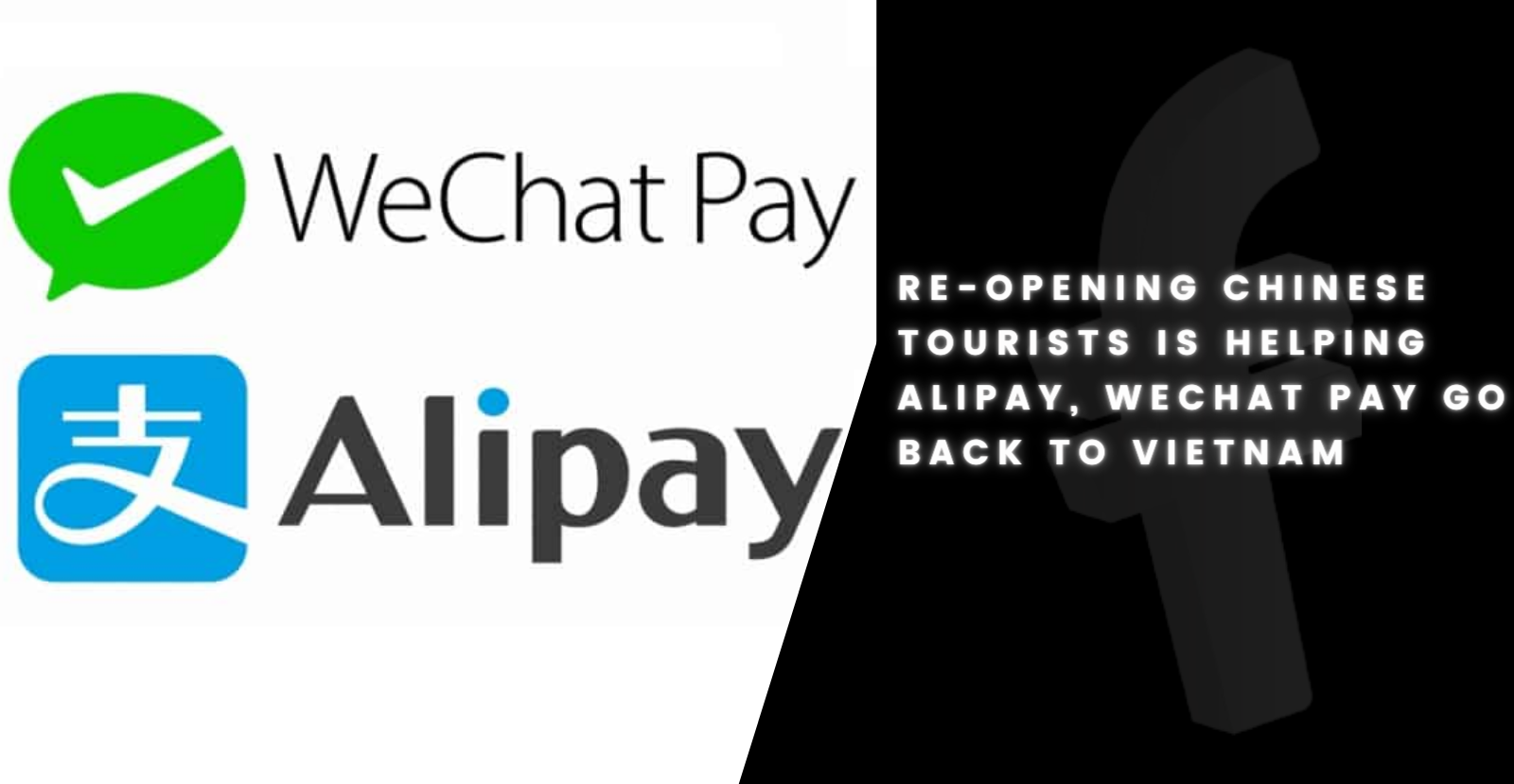Re-opening Chinese Tourists is helping Alipay, Wechat Pay go back to Vietnam

China has listed Vietnam as a country China’s group tours can be conducted starting from March 15, according to Peng Shituan, Cultural Counselor of the Chinese Embassy in Vietnam.
That is a big opportunity for Vietnamese tourism because of the explosive buying of Chinese travelers. However, like the third problem that FinFan mentioned in the article “China reopens the tour to Vietnam, what is the chance for us to lure Chinese travelers? payment method is always a big problem for both sides to deal with.
For Chinese tech companies, these globe-trotting consumers serve as an entry point into overseas markets. Mobile payment systems Alipay and WeChat Pay have been able to partner with international brands, retailers, and airports eager to capitalize on Chinese tourists – despite having low penetration outside of China (including Vietnam).
The importance of the contribution of Chinese tourists to Vietnam’s tourism
Before the pandemic, Chinese travelers had been also among the top 10 markets where tourists spend and stay long in from 2010-2019 (according to the statistic of the Vietnam National Administration of Tourism). For this reason, China is often the giant market for Vietnamese tourism.
Will this re-opening period help Alipay and WeChat Pay go back to Vietnam?
Let’s look back on the journey of Alipay and WeChat in the Vietnamese payment market!
In contrast side, the big fintech companies in China have been also paying attention to penetrating the global market, which Vietnam takes part in.
According to research firm Analysis, Alipay and WeChat Pay are the country’s two largest mobile payment solutions, together controlling about 90 percent of the domestic industry.
Read more:
However, the two have yet to make a dent in the global payments market. That’s where Chinese tourists come in (including Vietnam).
The most obvious action that shows this attention in the Vietnamese market is the signing of a strategic partnership agreement with the National Payment Corporation of Vietnam (Napas) in Hanoi on November 10th, 2017.
After 2 years of operating well and becoming an important part of cross-border payment between Vietnam and China, all the activities of Alipay in Vietnam were suspended due to COVID-19.
Towards WeChat Pay, on November 13th, this company announced the official payment connection in Vietnam through cooperation with domestic e-wallet VIMO to accept payments for Chinese tourists.
However, like Alipay, because of the effect of COVID-19, the appearance of this mobile payment has reduced significantly.
Re-opening opportunities or challenges for Alipay and WeChat Pay to go back to Vietnam?
After 3 years can go outside even of their cities because of the pandemic, China’s citizens more than ever desire to travel abroad, and the nearest country is Vietnam. This is a big opportunity for Alipay and WeChat Pay can go back to Vietnam to bring the best payment experience for those travelers.
The second opportunity is based on the payment habits that have been changed by Chinese people through the pandemic, “payment without cash or payment without touch” has become more and more popular and is a trend in China market.
On the other hand, there are still challenges for these 2 big fintech companies.
The first one is the Vietnamese payment habit. In Vietnam, many people are still often using cash for transfers and trades.
Secondly, in case of not using cash, MoMo and VNPAY will be the first and second choices of Vietnamese people for mobile payment (not VIMO which connected to WeChat Pay in 2017). For this reason, WeChat Pay and Alipay should cooperate with these 2 big mobile payments in Vietnam to give the best experience for customers in Vietnam.
Read more: